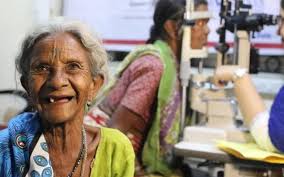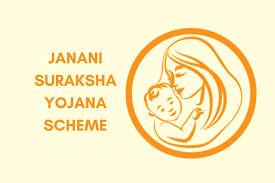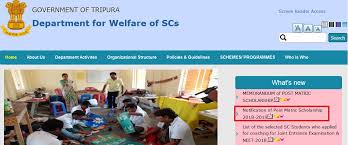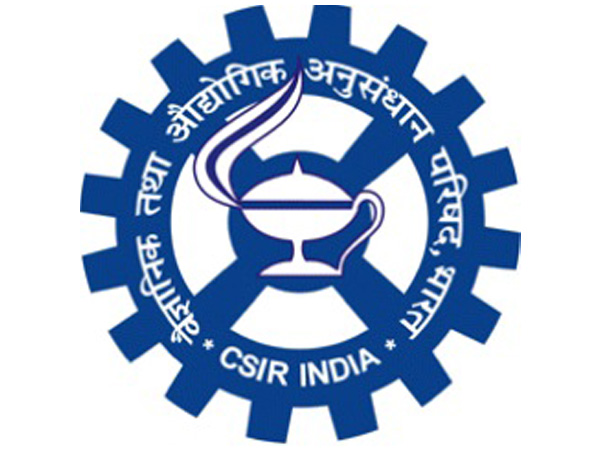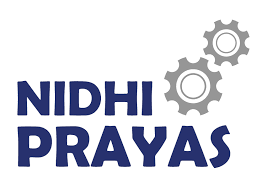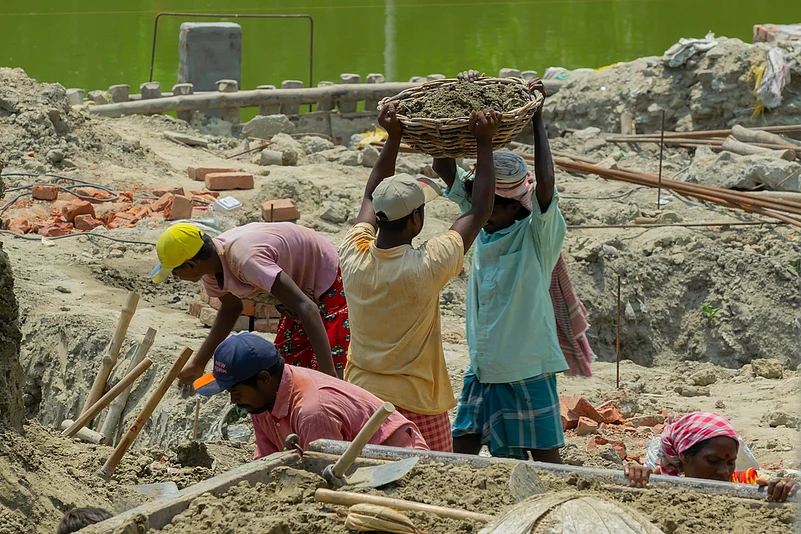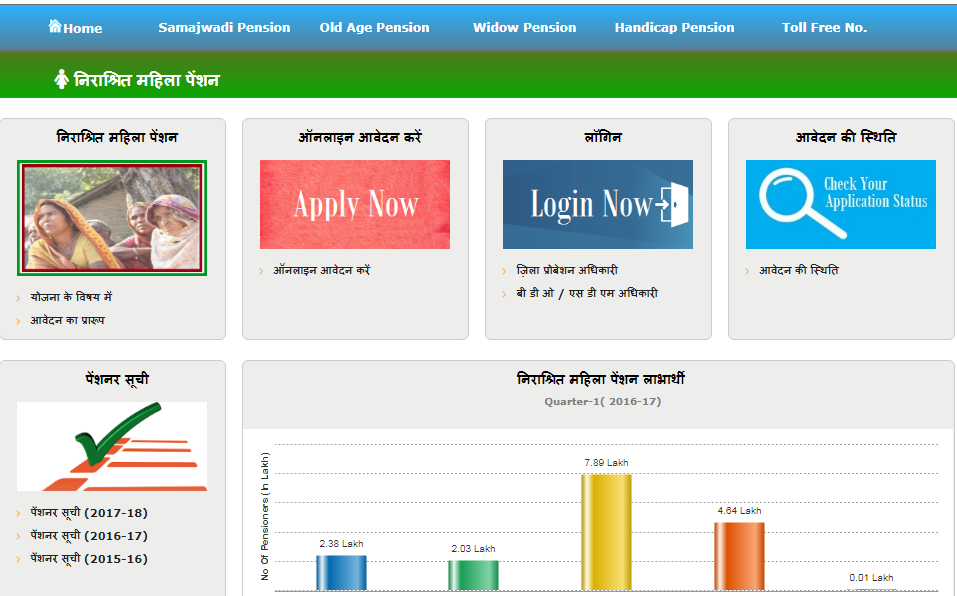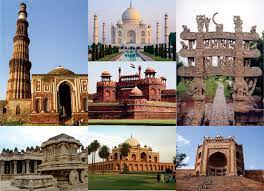Old Age Assistance
The Delhi government has launched an Old Age Pension Program, which aims to provide financial assistance to eligible senior citizens in the form of periodic pensions. Under this scheme, candidates aged 60-69 years receive monthly financial assistance.The Financial Assistance Scheme is only available to Delhi residents who meet the eligibility criteria established by the Government […]
